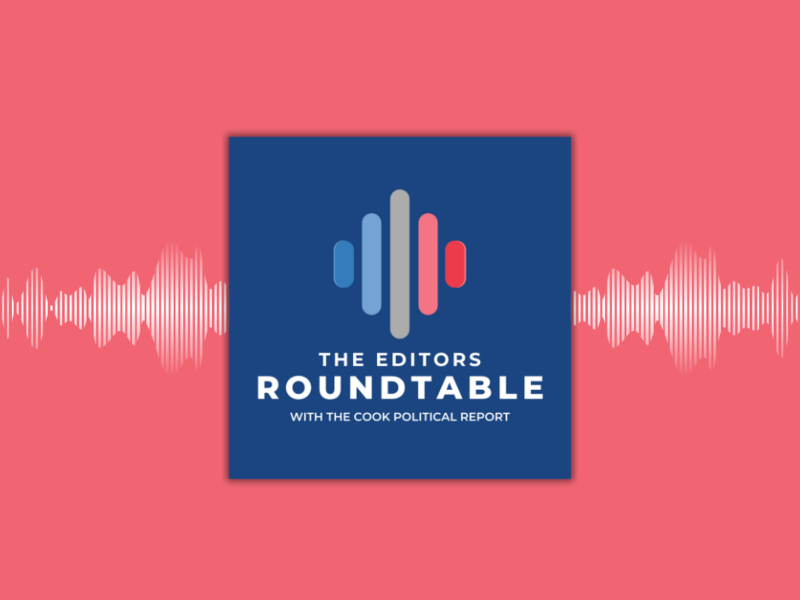
The first two months of 2018 have given both parties reasons for optimism. Republicans have cut Democrats' lead in the FiveThirtyEight average of generic congressional ballot polls in half, from roughly 12 points in December to about six points today. As debates over unpopular health care and tax bills have subsided, news of strong economic data and record-high stocks (at least until late last week) has likely aided the GOP.
However, most new district-by-district fundraising and polling numbers are downright terrible for Republicans, even in seats previously thought to be safe. In the fourth quarter of 2017, 39 Republican House incumbents were outraised by at least one Democratic challenger, and private polls and special election results suggest Democrats are highly competitive even in some districts President Trump won by wide margins.
At first glance, these two data trends might seem at odds with each other. How could Democrats' lead in national polls be shrinking while their odds in individual districts improve? The answer: the "macro" outlook for the House (national polls) and the "micro" view (district-by-district) aren't diverging; they're coming










Subscribe Today
Our subscribers have first access to individual race pages for each House, Senate and Governors race, which will include race ratings (each race is rated on a seven-point scale) and a narrative analysis pertaining to that race.